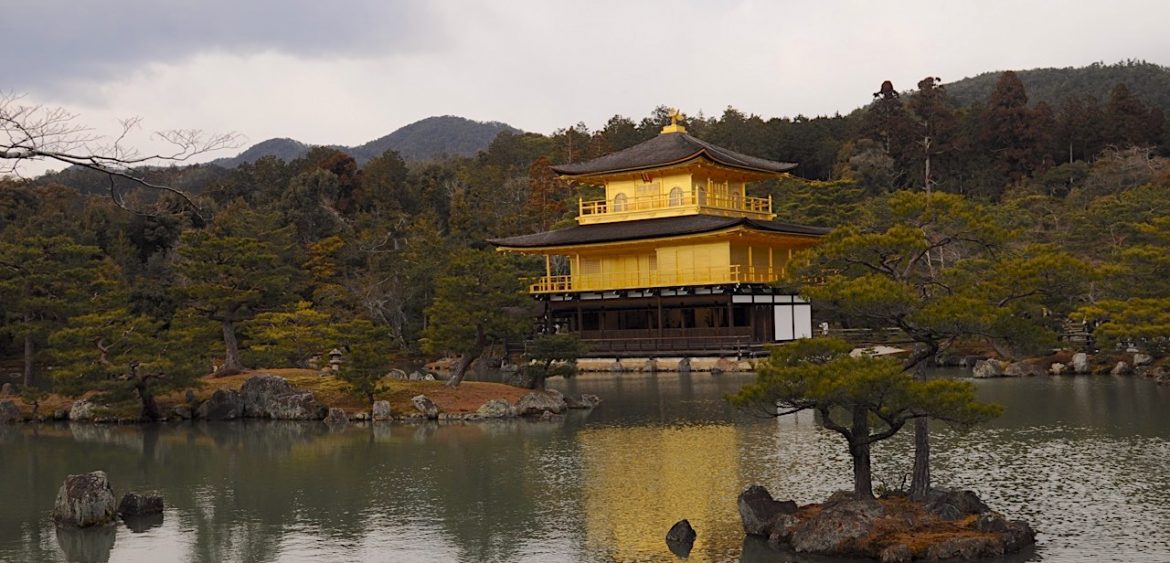Benvenuti nel mio Blog
Donec congue, neque at interdum vulputate, lectus tortor rutrum nisi, quis auctor elit dui quis enim. Phasellus leo lectus, ultrices vel vestibulum sed, ultrices eget sapien. Praesent imperdiet purus nec vestibulum sagittis. Suspendisse id risus sagittis, pharetra nisi vitae, tincidunt nulla.
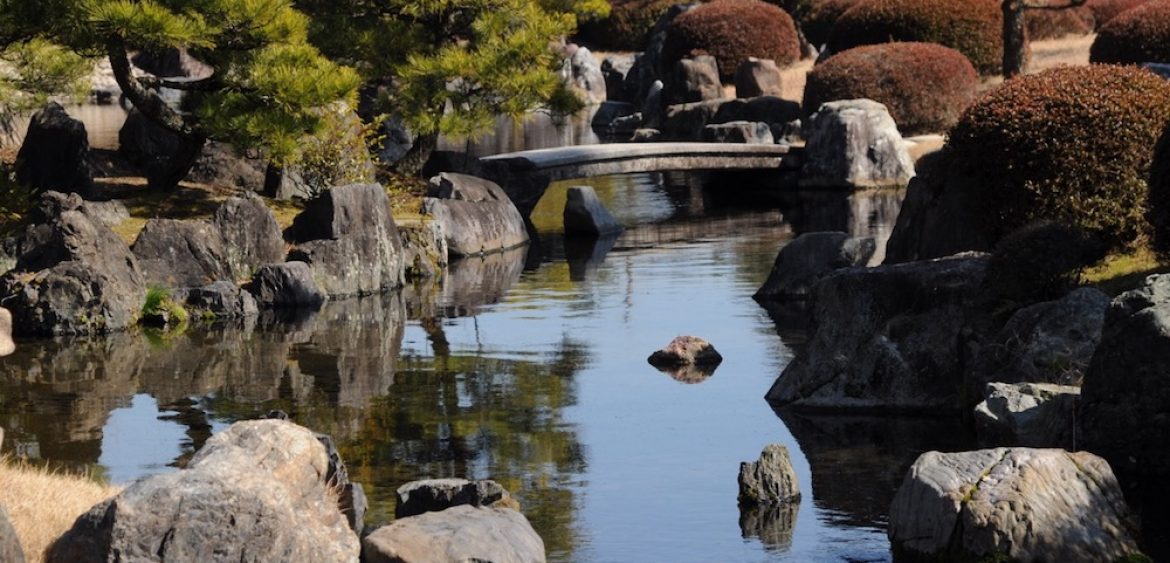
Visit to Nijo-jo Castle in Kyoto
Read More
1687
0
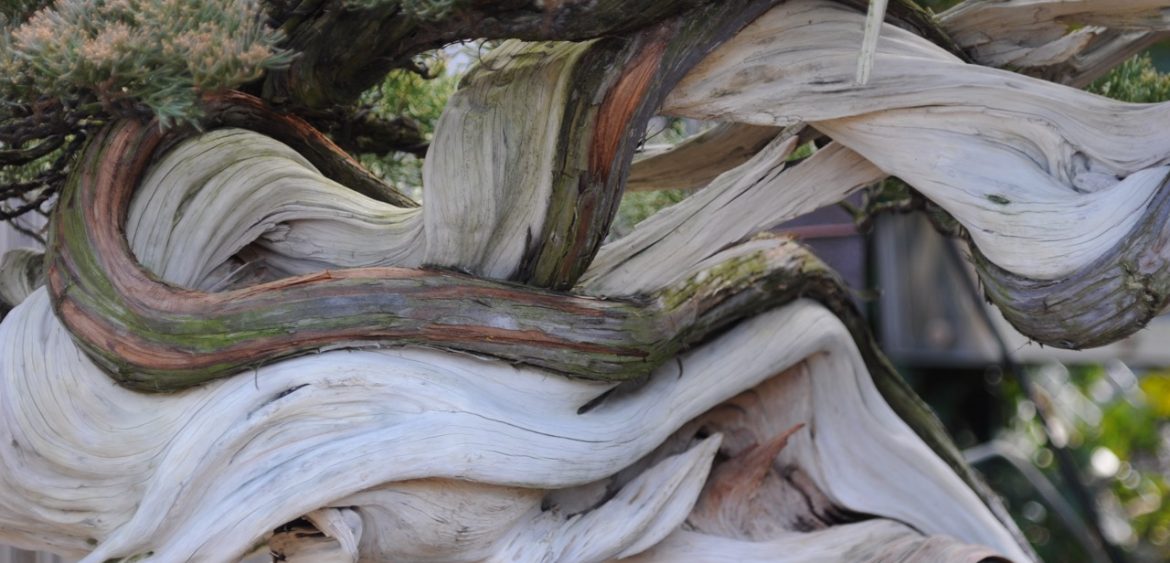
Visiting the garden of master M.Kimura – February 2018
Read More
2521
0
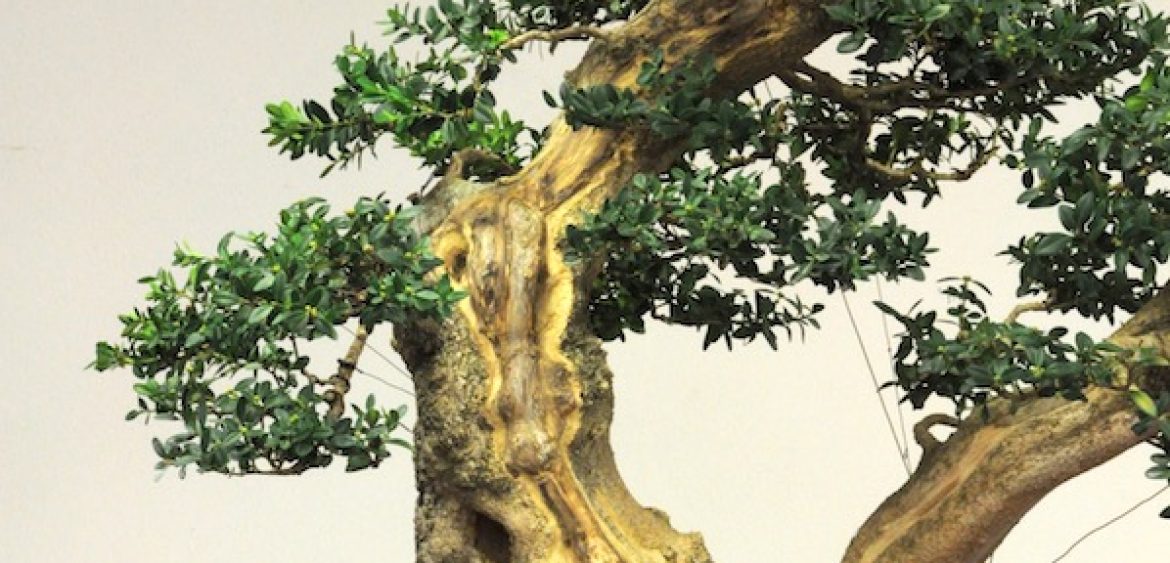
Buxus – Sookan style
Read More
3317
0
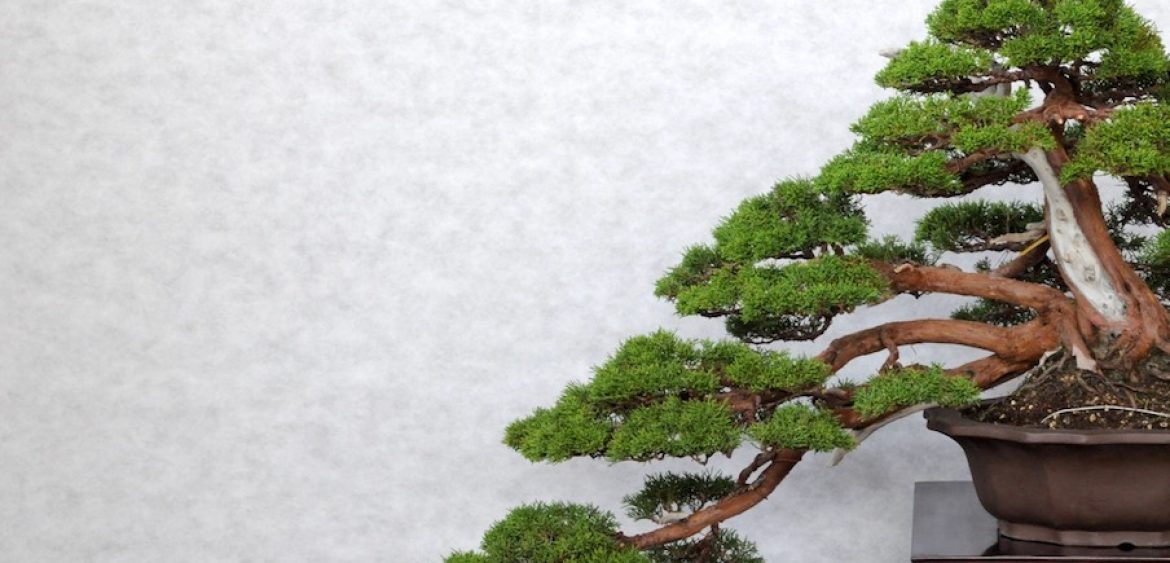
Juniperus Chinensis var. Itoigawa
Read More
0
0
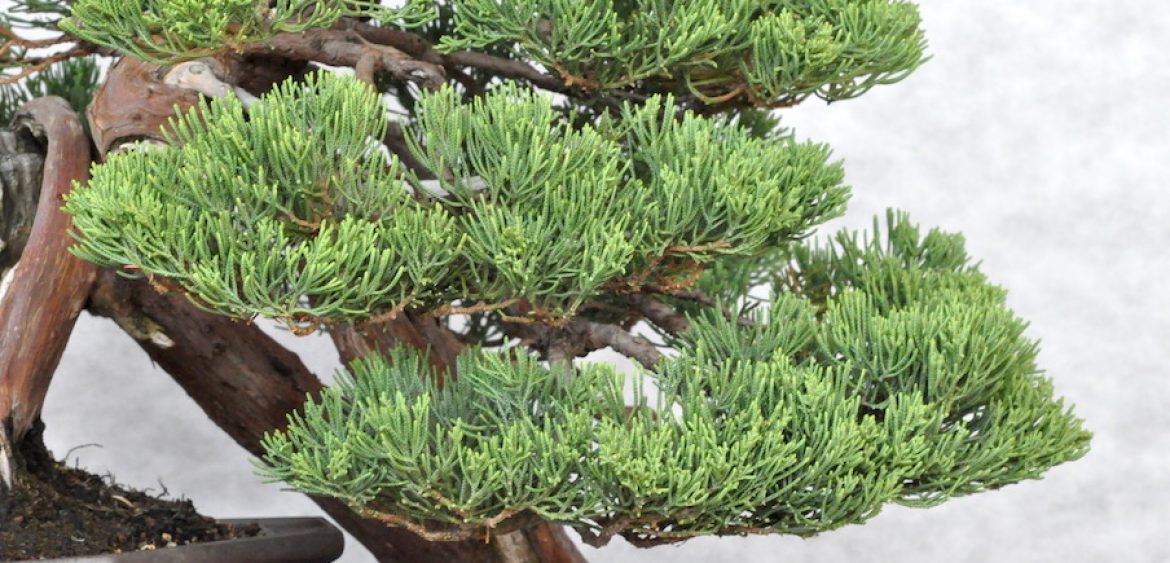
Juniperus Chinensis
Read More
2126
0


